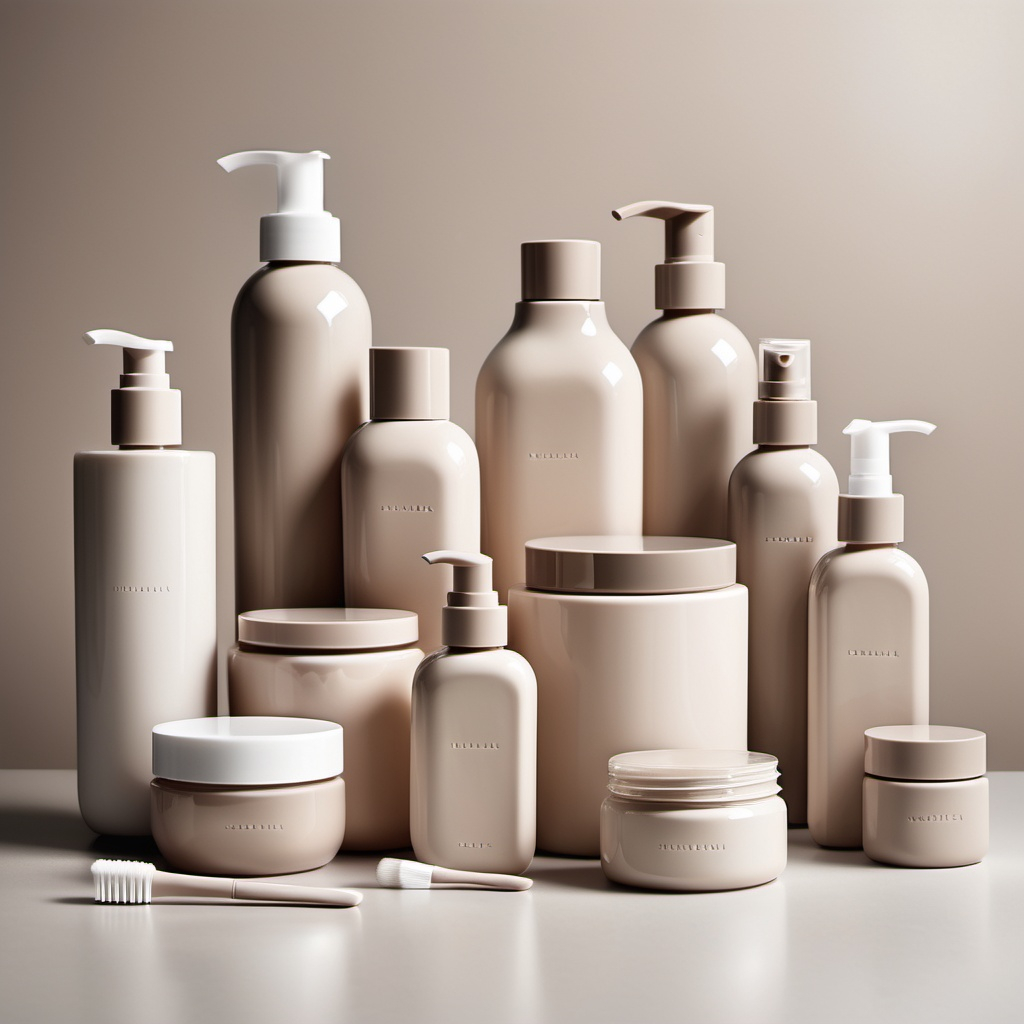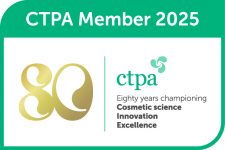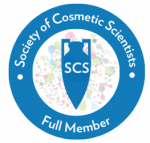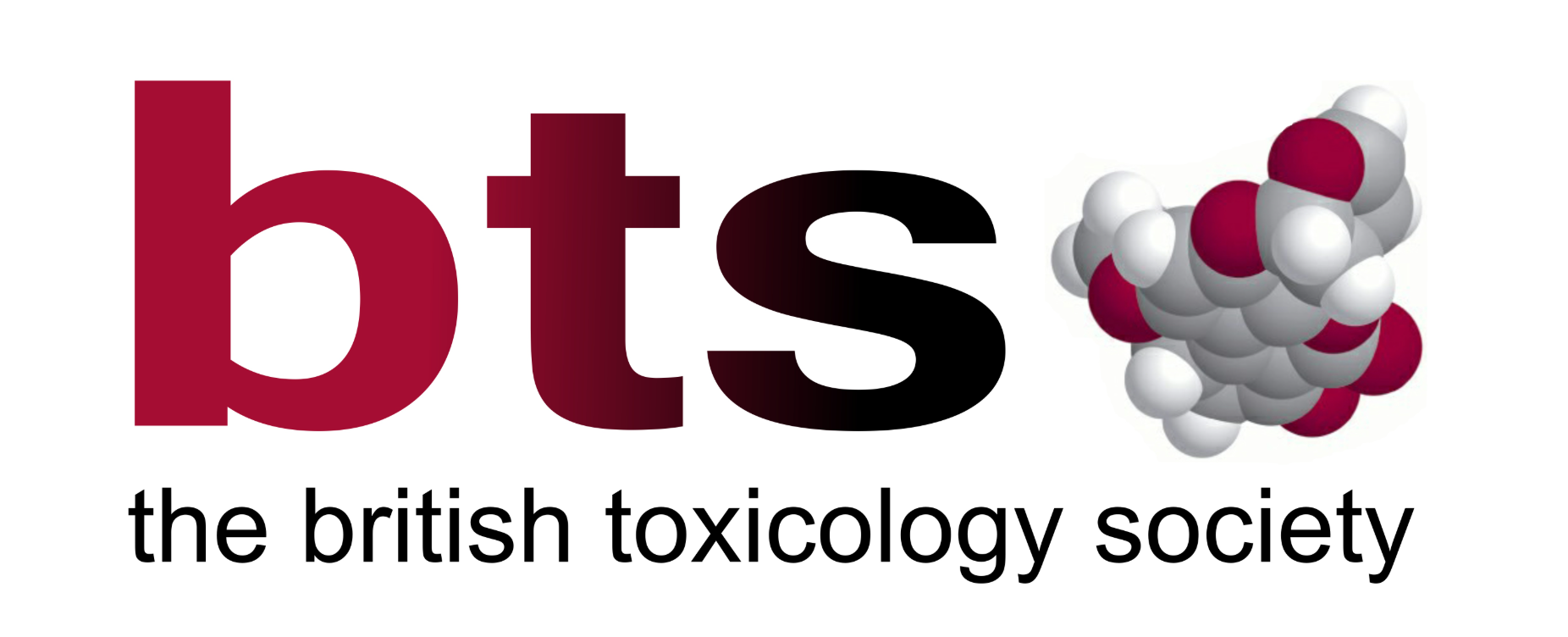Ingredient Percentage Ranges in Cosmetic Product Notifications
 When submitting cosmetic product information to regulatory portals like the EU CPNP or UK SCPN, manufacturers can use percentage ranges for ingredients instead of exact percentages. Cosmetic product manufacturers aren’t required to disclose exact ingredient percentages. Instead, they can use percentage ranges.
When submitting cosmetic product information to regulatory portals like the EU CPNP or UK SCPN, manufacturers can use percentage ranges for ingredients instead of exact percentages. Cosmetic product manufacturers aren’t required to disclose exact ingredient percentages. Instead, they can use percentage ranges.
Why Percentage Ranges Are Used
Formulation Flexibility: Provide flexibility in product formulation – allowing manufacturers to make minor adjustments to their products without constantly updating regulatory submissions.
Intellectual Property Protection: Protect specific product details – companies can maintain some confidentiality around their precise formulation details.
Regulatory Compliance: Meet regulatory requirements while maintaining some confidentiality – providing regulators with sufficient information to assess product safety while respecting commercial sensitivities.
How Percentage Ranges Work
There are no fixed standard ranges. Manufacturers can choose ranges that best represent their product, typically following patterns like:
- 0-1%
- 1-5%
- 5-10%
- 10-15%
However, there are best practices to consider:
– Ranges should be meaningful and reflect the actual ingredient concentration
– Overly broad ranges (like 0-100%) are not acceptable
Example
For a moisturiser with hyaluronic acid:
- Instead of “Hyaluronic Acid: 0.5%”
- Manufacturer might submit “Hyaluronic Acid: 0-1%”
What Range Should I Choose?
- Choose ranges that accurately reflect the ingredient’s typical concentration
- Ensure the range is narrow enough to provide meaningful information
- Be consistent across different product submissions
- Consider potential future formulation tweaks
Regulatory Acceptance
Both EU and UK regulatory systems accept these percentage ranges, provided they:
- Are precise
- Provide clear product composition information
- Do not attempt to obscure significant details
Potential Challenges
- Ranges that are too broad may trigger additional regulatory review
- Significant formulation changes might require new notifications
Conclusion
Ingredient percentage ranges for cosmetic product notifications offer a practical approach, balancing transparency with commercial confidentiality.
A particular type of formulation notification is the Frame Formulation – this uses maximum percentages for different kinds of ingredients in standard formulations. See the UK list of Frame Formulations for some ideas.
About the Author

Geraldine Garrs is a member of the Royal Society of Chemistry, CTPA, British Toxicology Society and the Society of Cosmetic Scientists. Geraldine is an independent Cosmetic Safety Assessor and Chartered Chemist with over nine years of experience helping more than 700 brands ensure their cosmetic products are safe and compliant. She specialises in preparing Cosmetic Product Safety Reports (CPSRs) for UK and EU. Geraldine is passionate about supporting small cosmetic businesses and simplifying complex regulations. Learn more at www.generalcosmeticsafety.co.uk
Get in Touch
If you’d like to discuss any of your products or ranges, please use the contact form here.
Qualifications: CChem (Royal Society of Chemistry). MSc (Distinction), University of Strathclyde, BSc (Hons) Chemistry, University of Nottingham and Certificate – Safety Assessment of Cosmetics in the EU, Vrije University Brussels





